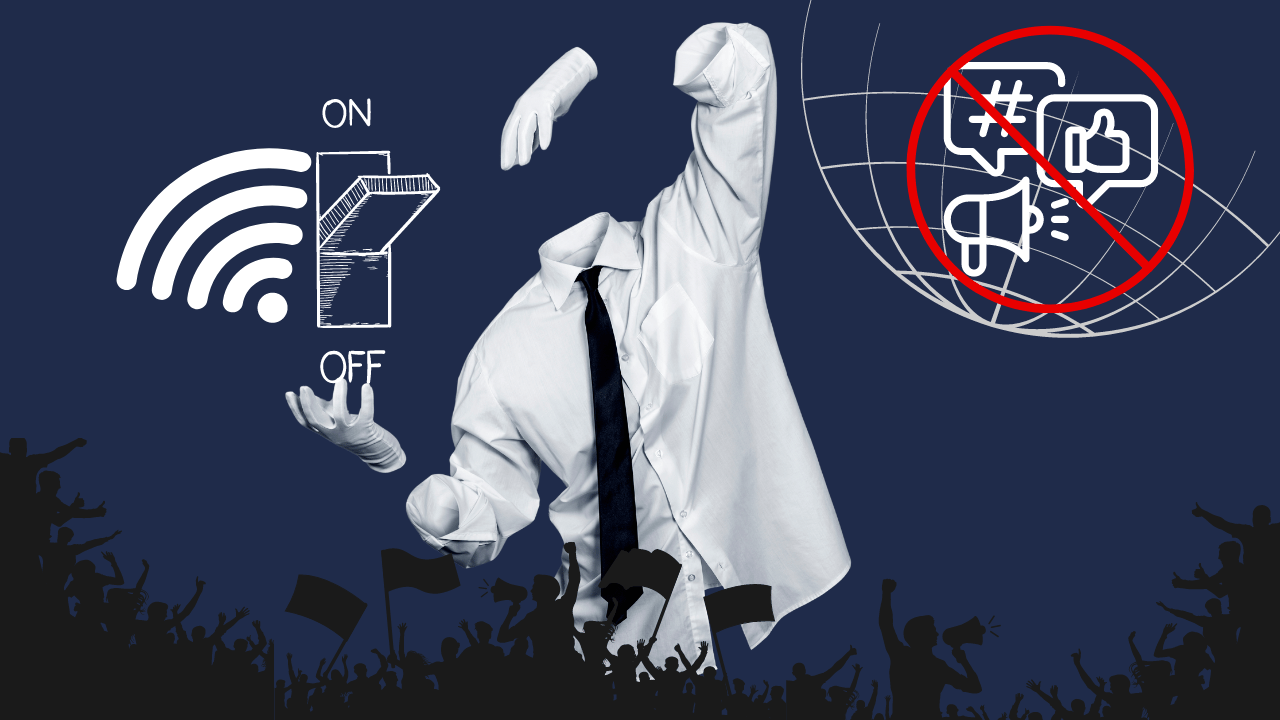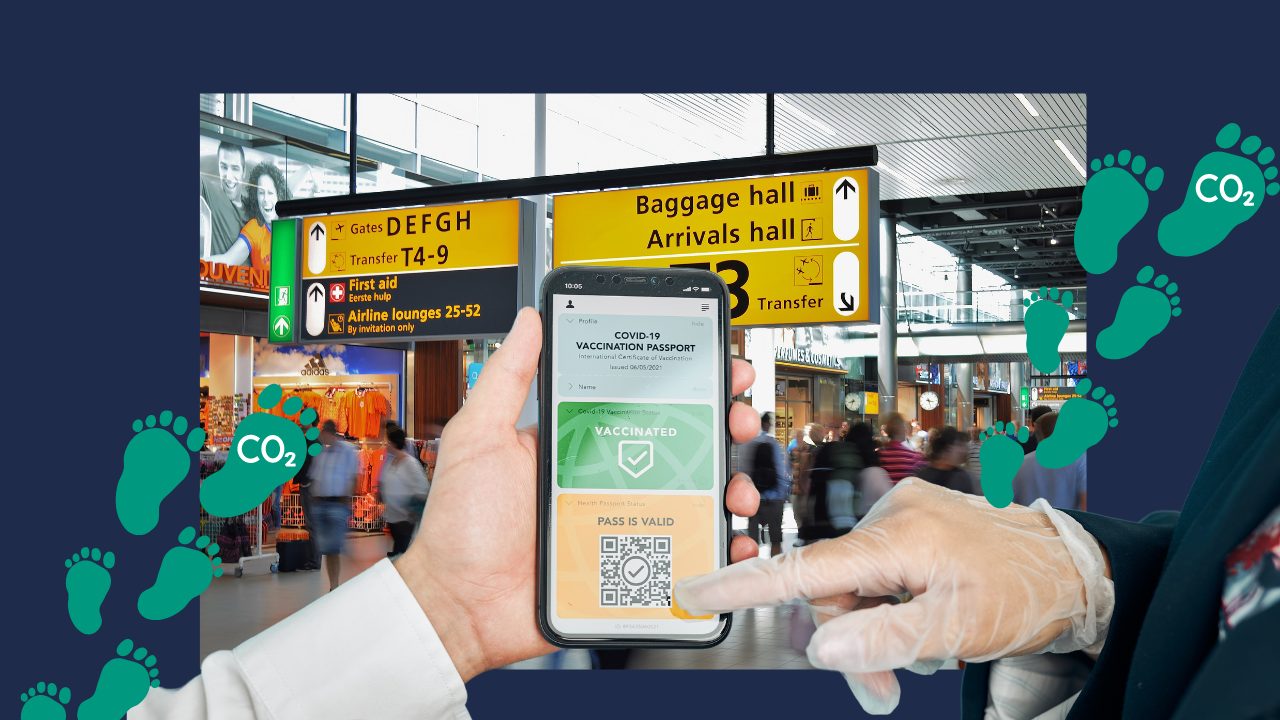In the realm of design, the saying “the devil is in the details” holds especially true. While our conscious awareness may gravitate towards the apparent elements, it is the understated intricacies and concealed signals that frequently wield a significant influence over our decision-making.
Human psychology assumes a central role in the art of design. Designers skillfully employ a range of methods to establish subtle stimuli that elicit distinct reactions from their viewers. This article delves into the ways various design disciplines harness the principles of human psychology to guide and influence responses.
In today’s fast-paced world, technology is constantly evolving, and the way we interact with it is changing at an unprecedented rate. The intersection of human behavior and design has never been more critical. Human-centered design (HCD) is a philosophy and approach that prioritizes understanding and meeting the needs of the end-users, and it plays a pivotal role in shaping the way we interact with technology and the world around us.
Understanding Human-Centered Design
Human-centered design, often referred to as user-centered design, is a design approach that focuses on putting the human at the center of the design process. It seeks to understand the needs, desires, and behaviors of the end-users, and then uses this knowledge to create products, systems, or environments that are more intuitive, efficient, and satisfying.
The HCD process typically consists of three key phases:
Empathize: Designers immerse themselves in the end-users’ world, seeking to understand their goals, challenges, and motivations.
Define: Once insights are gathered, designers define the problem they need to solve and establish a clear design brief.
Ideate, Prototype, and Test: Designers brainstorm ideas, create prototypes, and test them with users, iterating until the design meets the end-users’ needs effectively.
In all of this process every single component is important — from button placement to color selection and typography choices. The ultimate objective is to craft a harmonious experience that steers users toward desired actions. Take, for instance:
a) Color Psychology: Colors are potent emotional triggers, evoking distinct feelings and associations. Red, for instance, can denote urgency or passion, while blue imparts a sense of trust and tranquility. By astutely employing these colors, designers can subtly sway user responses and behaviors.
b) Call-to-Action (CTA) Buttons: The positioning, size, and phrasing of CTA buttons hold significant sway over user conduct. Phrases like “Commence Now” or “Exclusive Time-Limited Offer” generate a sense of urgency, encouraging immediate engagement.
Big Tech no longer sees its customers as humans
The fundamental concept here is that when prices remain low, consumers tend to be content, and lawmakers may not see a need for intervention. This consumer-centric model, deeply ingrained in American society, tends to define people by their consumption habits. As long as the offerings of Big Tech companies remain inexpensive or, even better, free, there is a prevailing sentiment in favor of their expansion.
However, it is becoming increasingly difficult to overlook the adverse effects of these cost-free products and services on humanity. These repercussions include the erosion of privacy and trust, the growing precarity of employment, the rise of dehumanizing extremisms, and more.
At its core, human-centered design is about shaping behavior. It acknowledges that design choices influence the way individuals interact with products and systems, and it empowers designers to shape these interactions intentionally. Here are some ways in which HCD and behavior are interconnected:
Usability: Designers focus on creating user interfaces that are easy to navigate, reducing friction and frustration. This leads to desired behaviors such as increased usage and engagement.
User Motivation: By understanding what motivates users, designers can incorporate features that encourage desired behaviors. For example, fitness apps use gamification to motivate users to exercise regularly.
Human-centered design is not just a theoretical concept. It’s being actively applied in various domains to influence behavior. Big tech companies are discourage entrepreneurship, destroy jobs, hike costs, and degrade quality. Simply put: they have too much power.” No matter what Big Tech wants us to believe, “free”/”cheap” and “human-centered” were never synonyms. Advertising and Marketing are not merely intended to capture our attention; they delve deeper into human desires and emotions to etch an enduring impression.
For well over a decade, Big Tech has been conveying a message: “Have faith in us; we’re committed to improving the world.” Undoubtedly, there have been notable advancements, but the adverse effects on society have also been substantial. As these companies have expanded, their call for self-regulation and constraints on government power has grown louder (although it seems that the “small is beautiful” concept applies primarily to public institutions).
Furthermore, they’ve dedicated substantial resources to preserve the status quo and safeguard their economic and political influence. In 2019 alone, Amazon and Facebook each poured $17 million into lobbying efforts in Washington, D.C. Now, Big Tech operates with a significant degree of autonomy regarding its impact on society, as the regulatory bodies originally tasked with overseeing these corporations are, in many aspects, underfunded and less robust than the tech giants themselves.
Conclusion
Human-centered design plays a pivotal role in shaping behavior for a better world. It acknowledges the fundamental connection between design and behavior and emphasizes the importance of understanding users, their motivations, and their needs. By applying HCD principles across various domains, we can create products, systems, and environments that empower individuals and drive positive changes in behavior. As we continue to advance in a rapidly changing technological landscape, human-centered design will remain a crucial tool for building a more user-friendly, inclusive, and ethical world.
Throughout history, it has been a recurring theme that large corporations often lose sight of the well-being of their customers and, in some cases, even of humanity itself. Their primary focus tends to shift towards self-preservation. The sectors that consistently rank the lowest in terms of customer service quality, such as air travel, healthcare, and telecommunications, are also the ones with the least competitive environments.
In the realm of Big Tech, where the customer base often spans hundreds of millions, if not billions, and interactions are predominantly digital, understanding the intricate aspects of each customer’s humanity can be an even more challenging task. Customers are primarily viewed as data points and sources of data. Their significance diminishes further when they have no viable alternatives for their business needs.
Now, Big Tech companies have reached a stage of immense size and influence where they can effectively acquire competitors and disregard customer concerns, whether related to privacy (as seen with Facebook) or environmental impact (as exemplified by Amazon).












